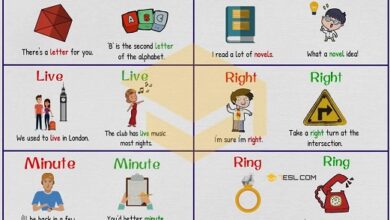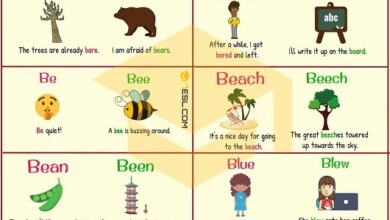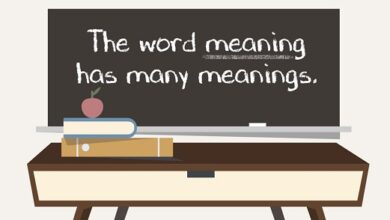Semantics
Semantics
Semantics is a subfield of linguistics that studies the meaning of words, phrases, sentences, and discourse. It is concerned with how people assign meaning to linguistic expressions and how they use these expressions to communicate with each other.
The study of it involves the analysis of both the structure and the content of language. It seeks to understand how linguistic expressions relate to the world around us, and how they are used to convey information about the world.
There are several different approaches , including formal semantics, cognitive semantics, and lexical semantics.
Formal semantics is a mathematical approach to semantics that seeks to provide a rigorous and precise account of the meaning of linguistic expressions. It is concerned with the logical relations between propositions and the truth conditions of sentences.
Cognitive semantics, on the other hand, is an approach that emphasizes the role of mental processes and conceptual structures in the interpretation of language. It seeks to explain how people use language to represent and communicate their knowledge and experience of the world.
Lexical semantics is concerned with the meaning of individual words or lexemes. It involves examining the different senses of a word, how words are related to each other in terms of meaning (such as synonyms and antonyms), and how the meanings of words can change over time.
Compositional semantics is concerned with how the meanings of words combine to form larger units of meaning, such as phrases, clauses, and sentences. It involves examining the rules and principles that govern how words are combined to create meaning, and how different meanings can be expressed through different sentence structures.
It is also closely related to pragmatics, which is the study of how context affects meaning. Pragmatics looks at the social and cultural factors that influence how language is used, and how speakers and listeners interpret language in different situations.
-

What are Homograph words with List of homographs and examples
Homograph words Homograph words that have the same spelling but have different pronunciation and meaning. Thus, they are written the same…
Read More » -

Homophones words Homonyms and homographs with examples
Homophones words Homophones are words that are pronounced the same but spelled differently and have different meanings. Thus, they have different spelling…
Read More » -

Homonymous words homophones and homograph words
Homonymous words Homonymous or homonyms are words that are pronounced the same but have different meanings. There are three types of homonyms:…
Read More » -

What is polysemy monosemy homonymy with examples
Polysemy Polysemy is the ability of a word to have different meanings, depending on the context in which it is used . Polysemy…
Read More » -

Meaning of words Synonymy antonymy homonymy and paronymy
Meaning of words The meaning of words is studied by semantics, the part of grammar that studies not only the meaning of…
Read More » -

Concepts of semantics Monosemy polysemy and Denotation
Semantics Semantics is the part of grammar that studies the meaning of words. Semantics is related to the words meaning, signification and meaning.…
Read More » -

Lexical relations in semantics with Lexical and semantic fields with examples
Semantic relationships between words The use of words in a communicative context can create different relationships of meaning between them. These…
Read More » -

Componential analysis composition and A perfect paradigm
Componential analysis Componential analysis can be considered as the classical model of trait analysis. First notions: lexeme and domain. Given a…
Read More » -

Theory of meaning Referential Mentalist Behaviorist speech acts
Theory of meaning Although little is heard about it outside the academy, there is a theory of meaning that, at…
Read More » -

What is Semantic memory functional and associated disorders
Memory is a psychological concept that we usually think of as if it were just one thing: the act of…
Read More »